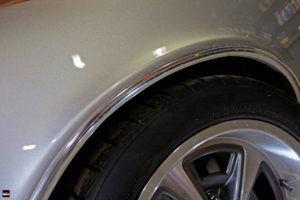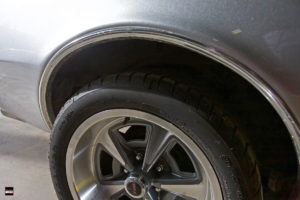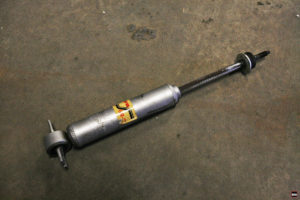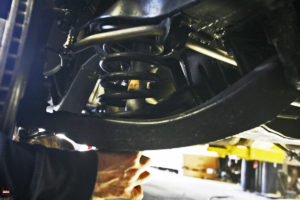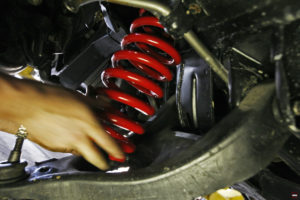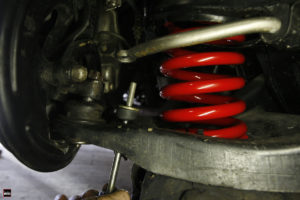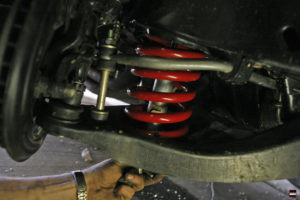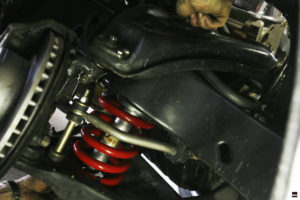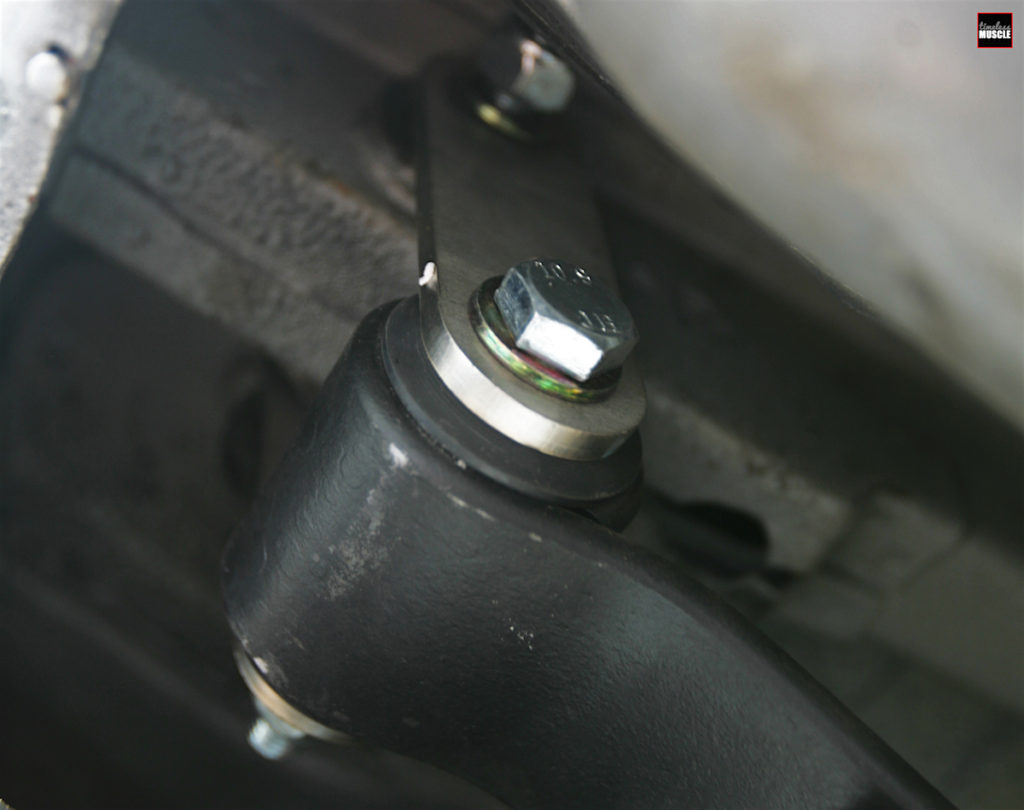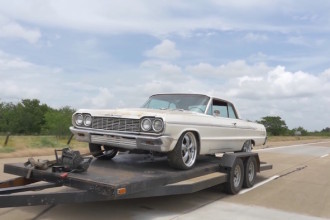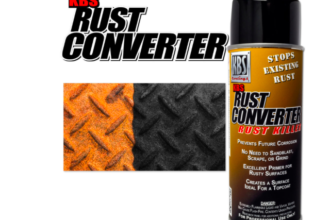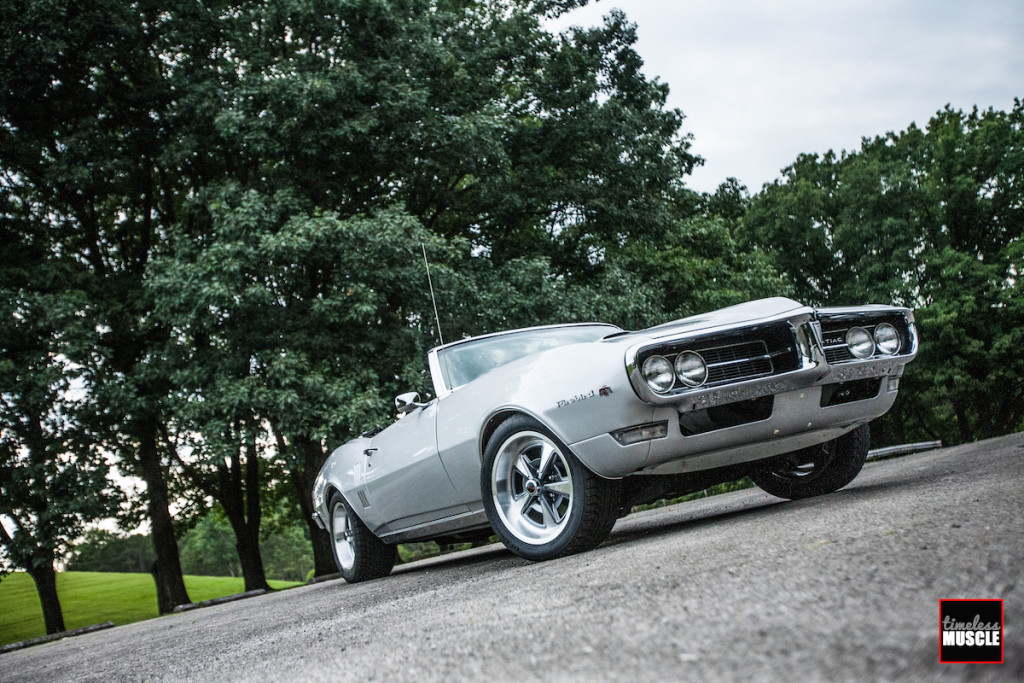
photos by: the author
Improving Handling and Clearing Up the Horrendous Wheel Gap
Now that the ice has melted here in the Midwest and we can get back to evolving our project cars more effectively, we’re tearing right into our ’68 Firebird project car, for the ever-evolving improvements in the way it drives, handles and performs. We’ve addressed the wheel/tire combo in an earlier segment, as well as a conversion to fuel injection, but now it’s time we turn our attention back to the pavement.
Having become use to modern vehicles and the way that they handle, it’s quite a culture shock to slide behind the wheel of a first-generation F-body with stock leaf springs and expect it to actually take a corner. How the previous generation of gearheads drove these on a daily basis boggles the mind of your author, after being spoiled by the 5th- and 6th-generation Camaros and modern Corvettes, but we’re looking to make some rather appropriate adjustments in the mannerisms of this Firebird.
Not ready to dive into hardcore suspension upgrades just yet, we elected to take a K.I.S.S. approach to see just what kind of changes we would see in a simple spring upgrade from our friends at BMR Suspension. As mouthwatering as fully-adjustable coil-overs sound, curiosity and cost kept us grounded as we ordered BMR’s front coil (SP055) and rear leaf (SP057) kits — not only helping with our cornering and ride quality, but to lower the car two inches all the way around. It’s a Firebird, not an F-100, after all. For the sake of ease, as well as ensuring that we had the proper hardware to install the rear leaves, we ordered up BMR’s own rear leaf hardware kit as well (RH015).
As you can see in the photo below, it’s rather raked and the wheel gap (particularly in the rear) is pretty substantial. We also did a before and after comparison in the way the car cornered.
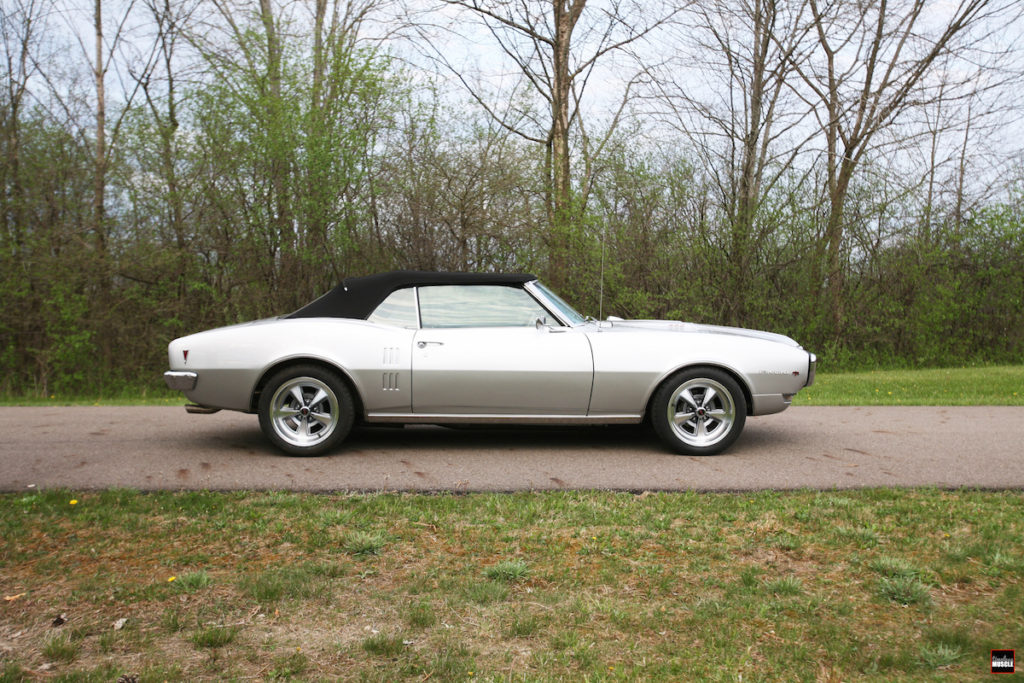
This is the ride height prior to the install of the BMR springs. Not terrible, but it seems as though the springs that were installed on this car after its recent “restoration” were either incorrect, or somehow mismatched — or both. The car sat high in the rear, and decently low in the front. But the ride was too stiff in the front and somewhat bouncy in the back.
- The gap in the front wasn’t too bad, but the ride wasn’t quite what we would have liked. Plus, we attribute the lack of a gap to spring sag, which is pretty typical in cars of this age.
- We took a closeup shot of the rear wheel gap (the top of the tire to the lip of the quarter panel) and you could clearly see how substantial it was.
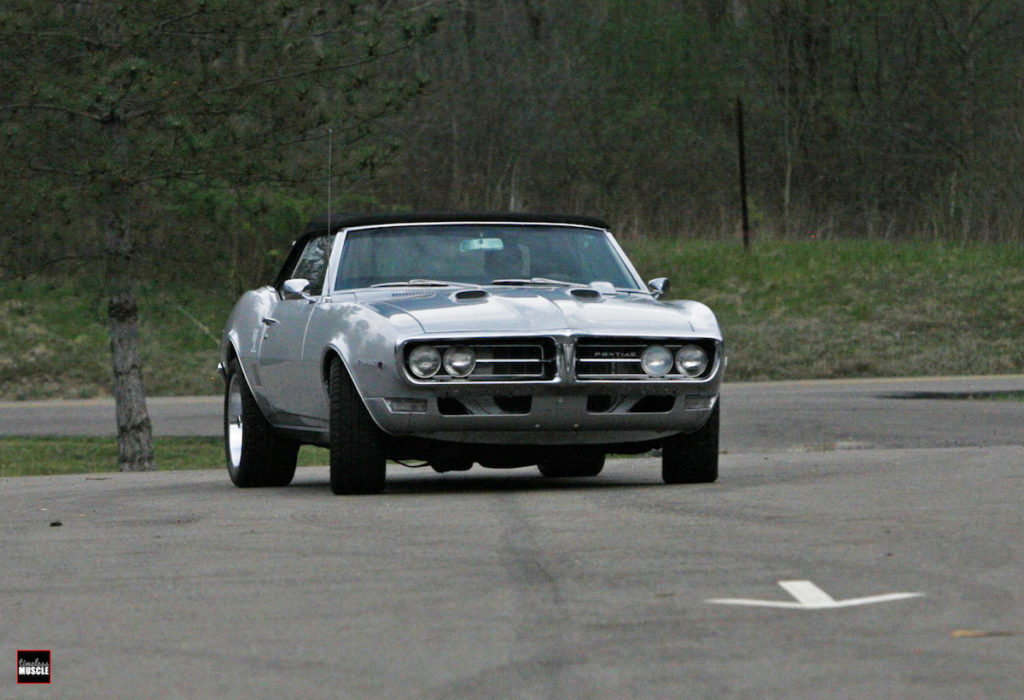
With the Firebird being the diabolical handler that it was, we really didn’t want to take any sharp corners at a speed greater than 15-20 mph, but as you can see in this photo, there was quite a bit of lean even at low speeds. We should also point out that the rest of the suspension is completely stock, as well.
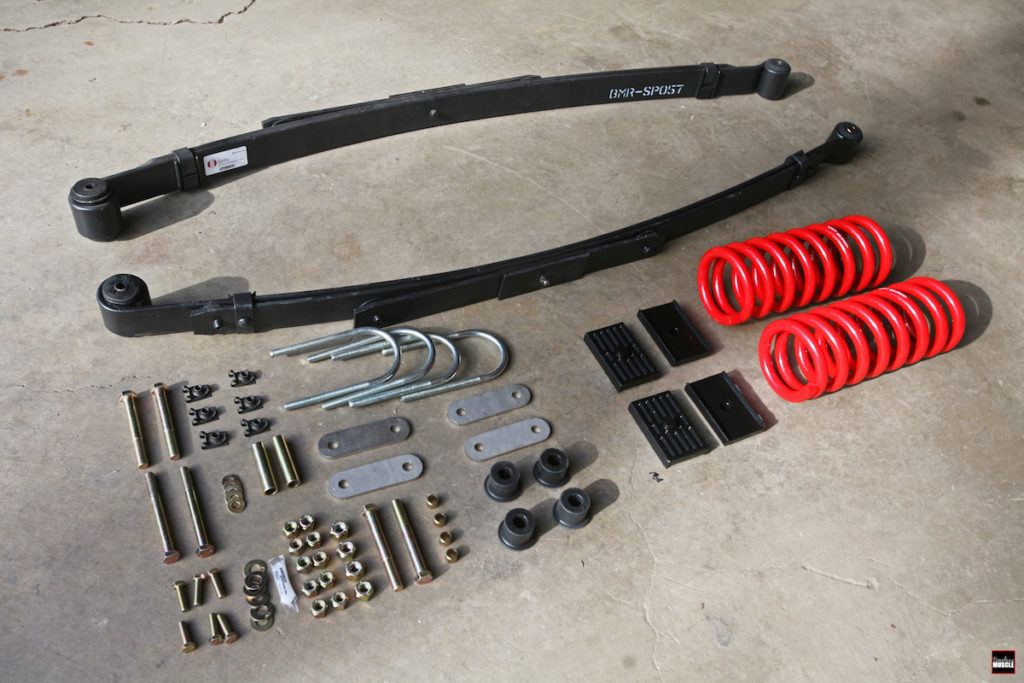
As mouthwatering as fully-adjustable coil-overs sound, curiosity and cost kept us grounded and we ordered BMR’s front coil (SP055) and rear leaf (SP057) kits — not only helping with our cornering, but to lower the car two inches all the way around. We ordered the BMR Hardware Kit (PN-RH015), which came with everything we need, including the hardware, Energy Suspension polyurethane bushings and bushing lube, shackle body clips, stainless rear shackles, U-bolts and nuts.
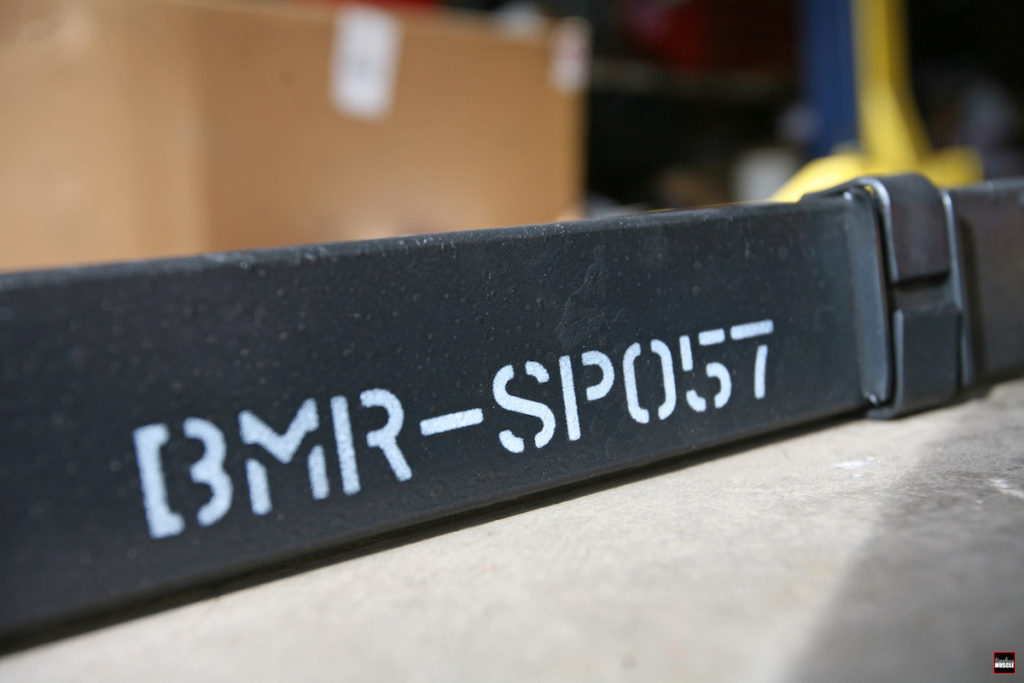
BMR’s Part# SP057 offers a two-inch drop, utilizing three leaves on ’67-69 GM F-bodies (Camaro/Firebird) as well as ’68-74 GM X-bodies (Nova, Omega, Apollo, Ventura). They’re manufactured with a 190-lb. spring rate that’s designed to help eliminate body roll, reduce wheelhop, axle wrap (which causes the spring to load and unload), and provide more axle control.
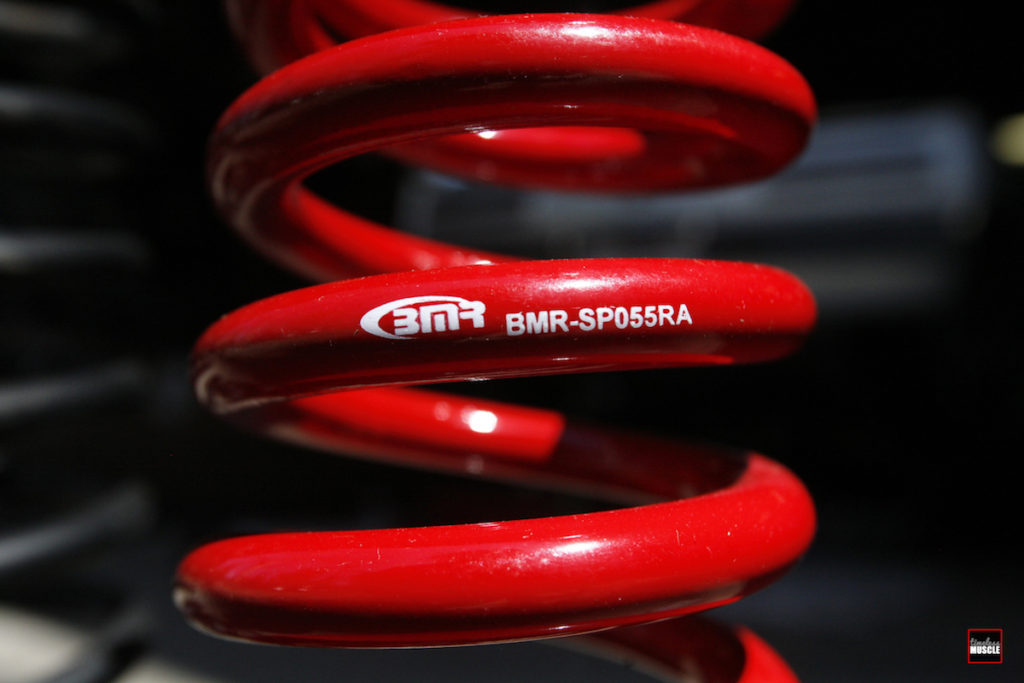
All of BMR’s coil springs come painted in their ‘trademarked’ red hue. The SP055 is specifically designed for first-gen F-bodies and the ’68-74 X-bodies. They’re manufactured from chrome silicon high-tensile spring wire, and are cold wound on a CNC coiling machine. The CNC coiling head can adjust the spring diameter in real time to ensure that every spring is exactly the same as it leaves their facility. This guarantees that your right spring matches your left spring in terms of load, ground clearance, handling characteristics and ride height.
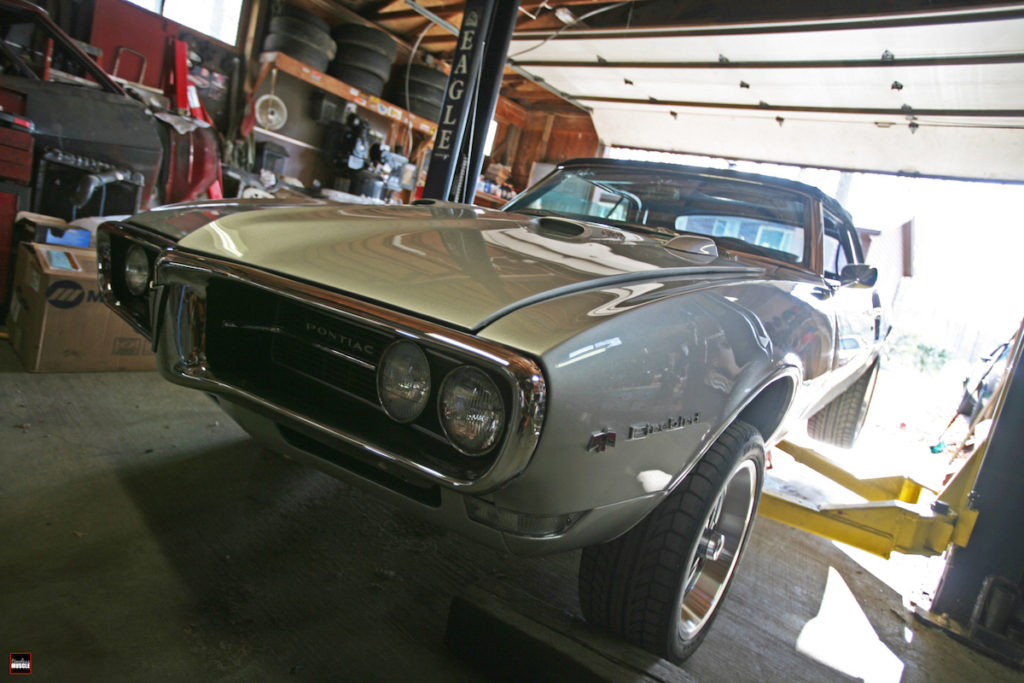
Having access to a lift in our Timeless Muscle garage certainly has its advantages. Since we’ll be tackling the suspension, we made good use of it and put the car in the air.
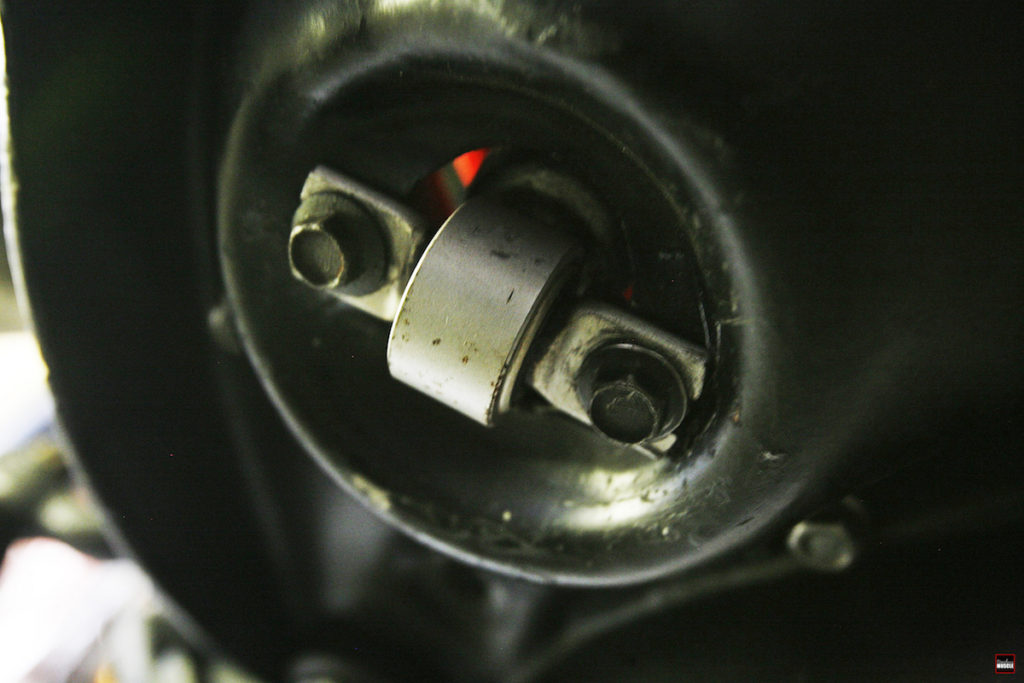
Part of the front spring swap includes dropping the front struts from the lower control arm. That includes removing the front wheels, all of the shock mounting bolts and the end links.
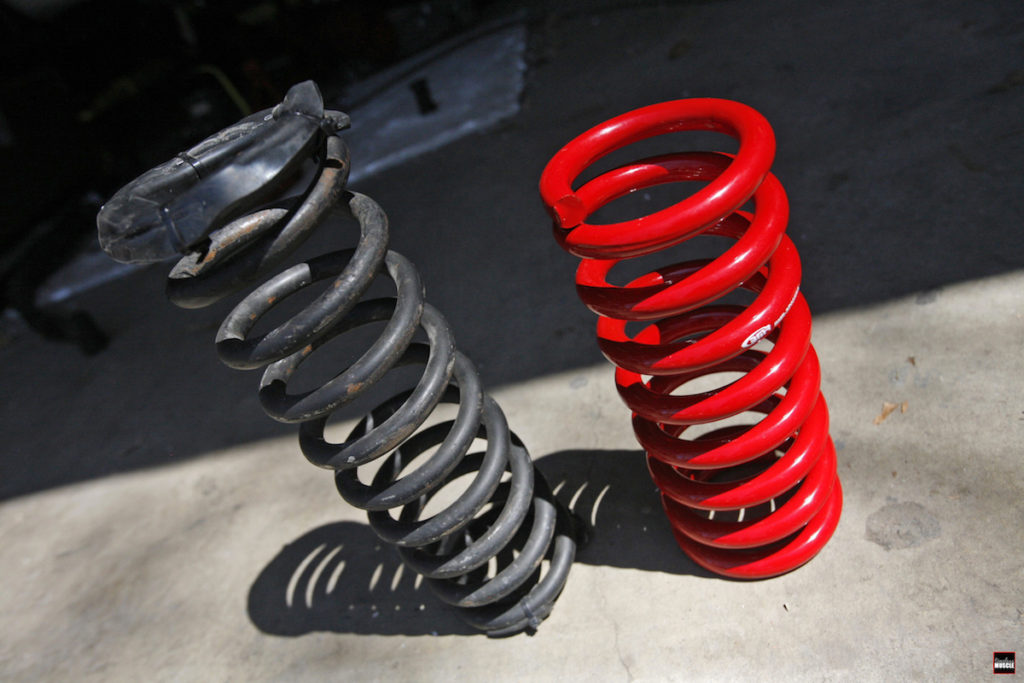
With the stock springs out of the car, we did a side-by-side comparison with the BMR units, and you can clearly see the difference in height. Despite the taller profile of the stockers, and the relatively low ride height, we’re beginning to wonder if these spring were for a six-shooter Firebird, and were incorrectly installed in our 455-powered Poncho.
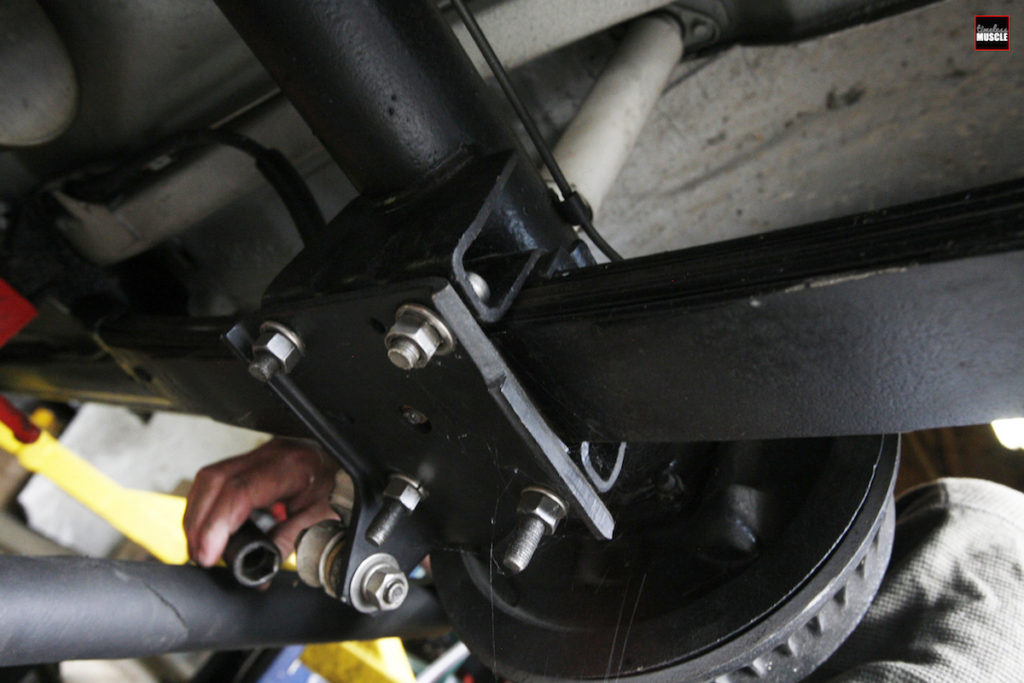
Dropping the rear springs and replacing them with our BMR leaves was a bit more interesting. Of course when we say interesting, what we really mean is “difficult.” Naturally, the effort is worth the reward, so we started by removing the lower bolt from the rear shock, and removing the front mounting bolts that hold the shackle in place.
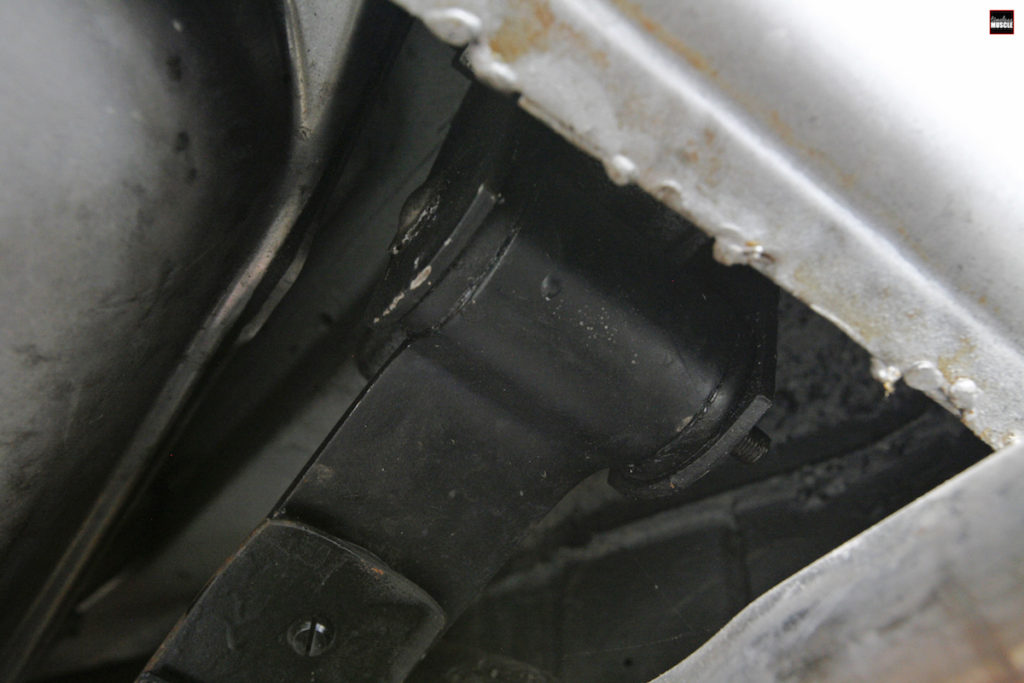
The OEM-style rear shackles will be getting ditched as well, being replaced by the aforementioned stainless steel pieces that came with the hardware kit, with mounting holes in-sync with the desired lower ride height.

The shackle drops down with the the spring attached, so we removed the bolts securing them to the springs, as we will reuse these for the BMR leaves.

The BMR leaves also come with new body retainer clips, to help secure the shackles into place when you reinstall the leaves. You can see them pictured here, already installed.
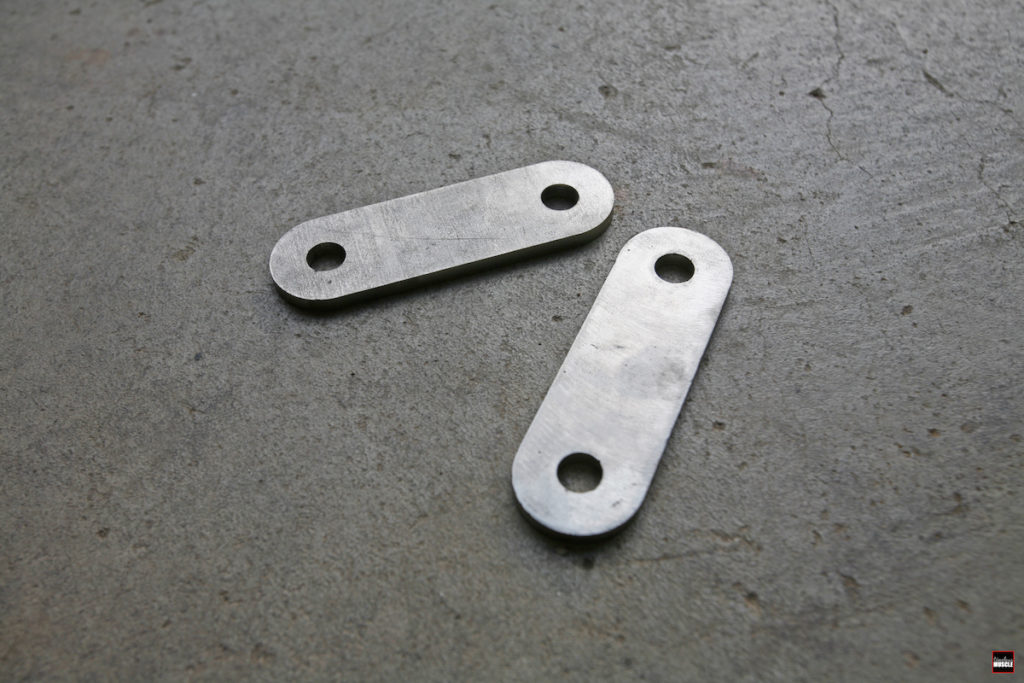
The rear shackles are stainless steel, and provide the exact provisions needed to mount he BMR rear lowering springs to the body.
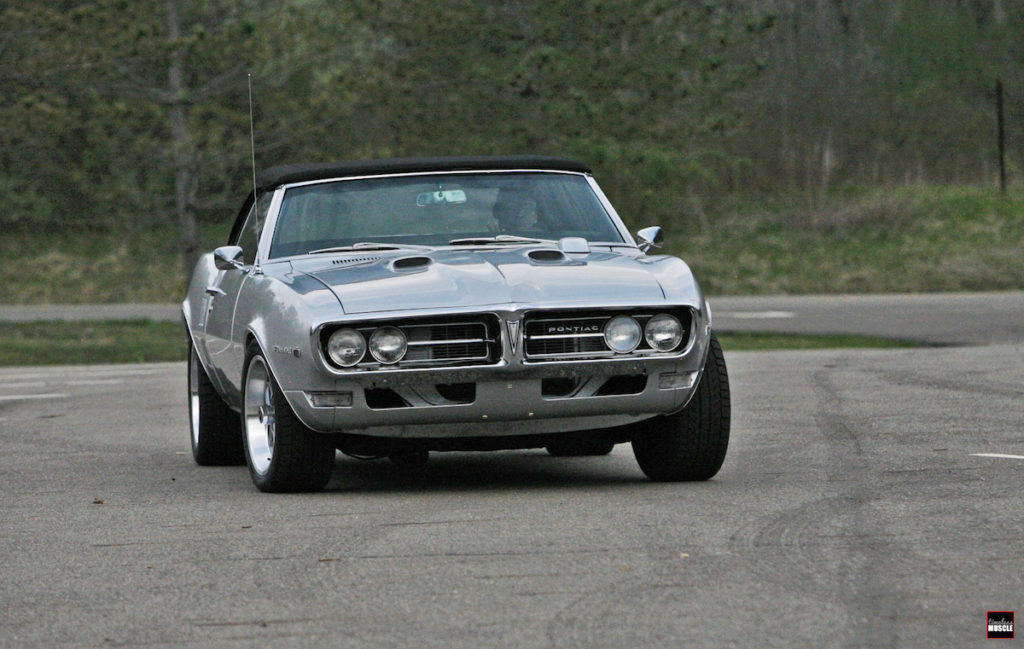
There was very little roll at 25-30 mph, after we’ve installed the BMR springs. However, we feel that some subframe connectors (especially because of the soft top) as well as a thicker front sway bar would certainly make a load of difference in handling as well as rigidity. We’d also like to address the steering column; perhaps upgrade to a more modern, quicker-ratio unit. But for now, we’ll certainly take the improvements that the BMR springs have provided our Firebird with.
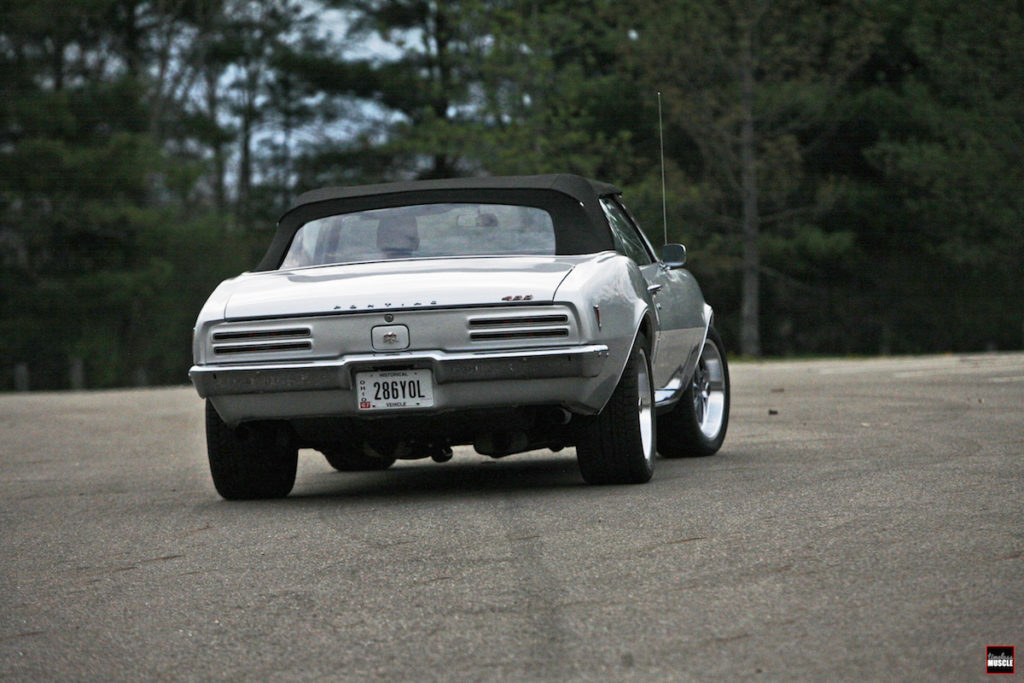
This shot was taken as the car was in a sharp, right-turn lock at 20mph, and there was almost no roll at all.
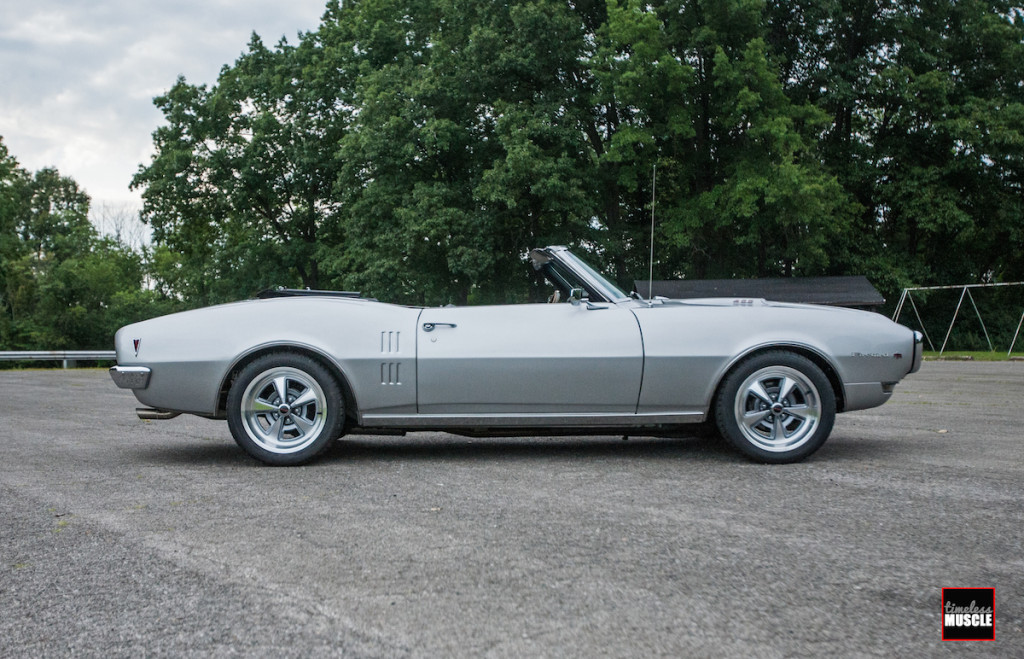
The Firebird now sits low and level, with plenty of ground clearance – if we’re careful. The ride improved as well. It’s nowhere near as stiff in the front or as “floaty” in the rear. Even with 9-inch wide wheels in the rear, there was virtually no rubbing issues, either. Project Redo is certainly starting to take shape, and we have quite a few more updates heading your way, soon!

Rick Seitz is the owner and founder of AutoCentric Media, the parent company to Timeless MuscleCar Magazine, and has a true love and passion for all vehicles. When he isn’t tuning, testing, or competing with the magazine’s current crop of project vehicles, he’s busy tinkering and planning the next round modifications for his own cars.









